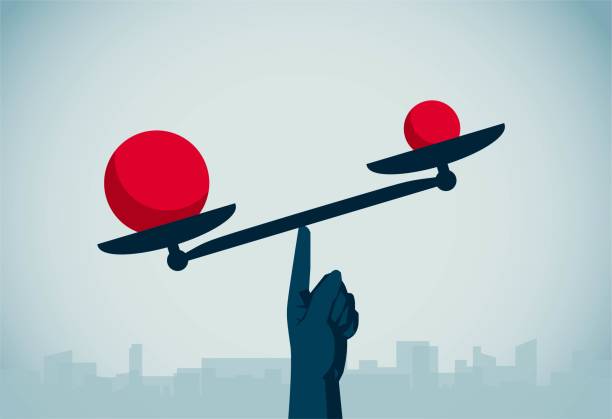The Case For A First Pricing Hire
Most firms delay hiring pricing talent until margin leaks or deal chaos hit. A first hire should stabilize processes, build structure, and turn pricing from reactive risk into growth lever.

The Case For A First Pricing Hire
Most companies wait too long to hire someone in pricing. They add analysts, hand off pieces to sales ops or finance, lean on consultants — and tell themselves it's "working well enough for now."
Until it's not.
The moment usually shows up as margin erosion that can't be explained, inconsistent deal terms across reps, or a quoting process that takes five approvals and still misses the target.
At that point, the question isn't whether to invest in pricing — it's whether you're already behind.
This article is for CFOs, CROs, and private equity sponsors trying to decide when it's time to make a dedicated pricing hire — and what that role should look like.
You’re Already Done Pricing — You Just Don’t Own It
Every business has a pricing function. The only question is where it lives and how visible it is.
In early-stage or lightly structured companies, pricing decisions get absorbed by sales, finance, marketing, and operations. Policies exist, but they live in someone's inbox. Approvals get routed, but only because a deal desk analyst manually checks the margin.
The result is often a patchwork of institutional knowledge, reactive decisions, and short-term fixes. It "works" — until someone tries to scale it.
The Tipping Points We See Most Often
There's no single trigger for the first pricing hire, but a few patterns come up consistently:
- Margin variability across customers or segments that can't be explained
- Quoting friction that slows down deals or creates distrust in pricing
- High-growth complexity, such as SKUs multiplying faster than systems can handle
- Sales behavior drift, where reps deviate from pricing strategies, and no one enforces them
- Missed upside — someone realizes late that they could have raised the price and didn't, often due to a lack of pricing analytics
These are moments when pricing stops being a background task and starts becoming a risk, or an opportunity—depending on how fast you move.
What Happens When You Wait Too Long
We've worked with companies that waited until the problem became visible to the board. At that point, pricing is no longer a function to be built — it's a weakness to explain.
The fix becomes more urgent, the timeline tighter, and the expectations higher.
Hiring under that pressure often leads to a misstep: either a tactical analyst who can't design pricing logic, or a strategy lead who has no idea how to implement in the current system stack.
And the function burns credibility before it gets traction.
What The First Hire Should Actually Do
The goal of the first pricing hire isn't to "own pricing" in theory. It's to stabilize and structure how pricing works in practice.
That means:
- Auditing what's already happening (formally and informally) and identifying sources of revenue leakage
- Building foundational rules that balance control and flexibility within an overall pricing strategy
- Defining where pricing lives in the quoting and approval flow
- Creating visibility so the margin isn't just reported, but influenced
In some companies, that's a manager-level operator. In others, it's a director who can flex between strategy and systems. Title matters less than capability, especially the ability to partner across functions without owning any of them outright.
How We Help Companies Make The Jump
We work with companies making this leap all the time. Some need help scoping the role. Others want to see what "great" looks like. Others are already in firefighting mode and need someone who can land fast.
The throughline is the same: they've hit a complexity threshold that short-term fixes can't solve.
We help those companies define the role, build a realistic ramp, and find someone who can operate in ambiguity while building structure around it.
Final Thoughts
The best time to make a pricing hire is before the pain shows up on the P&L. The second-best time is now, with clarity about what you're solving for and who you need.
If your pricing strategy lives in someone's head, your quote process depends on who's in the room, or your margin "strategy" is just last year's number plus 2%, you're not behind, yet.
But you're getting close.
Recommended For You

Talent Benchmarking for Pricing Roles
Align pricing role scope, title & comp with real market benchmarks before hiring.

The Pricing Analyst's Toolkit
The essential pricing analyst toolkit—and what truly drives impact in the role.

Why Your Pricing Team Can't Be All Strategy Or All Execution
Pricing teams break when strategy and execution are out of balance—here’s how to fix it.

The Pricing Career Ladder - From Analyst To VP and Beyond
Inside the pricing career ladder: what drives growth from analyst to VP

What Makes A Great Pricing Leader
Great pricing leaders connect strategy to execution, influence without authority, and drive value.

How Private Equity Is Professionalizing Pricing
Pricing roles vary by model: B2B = control amid deal chaos; B2C = brand, perception, speed; DTC = pricing as growth lever. Success depends on fit, not title.


